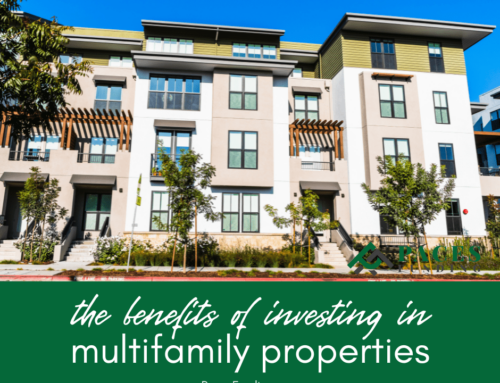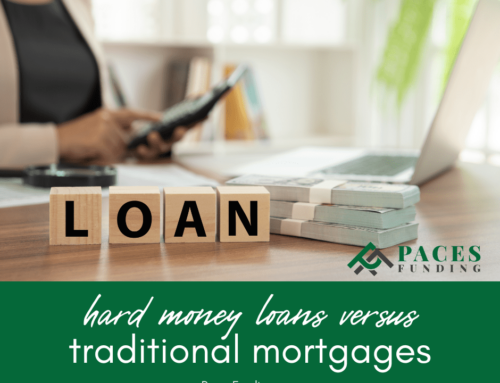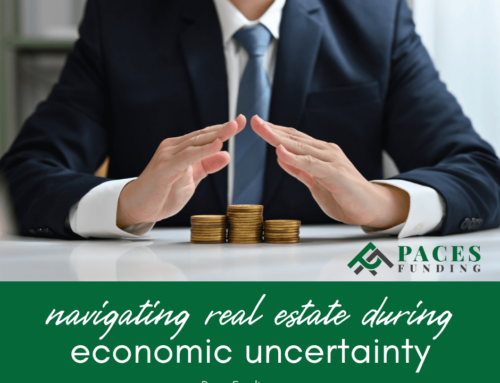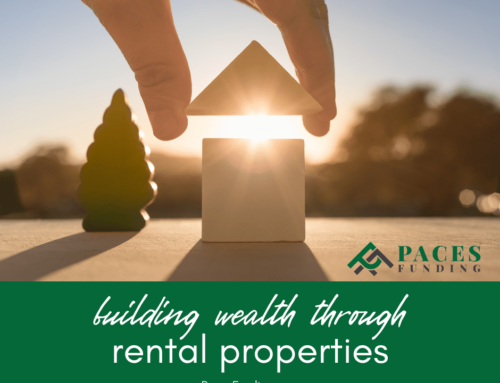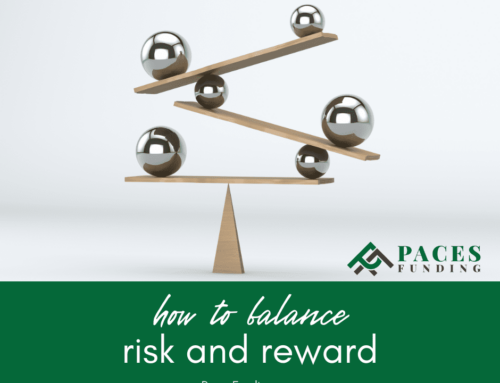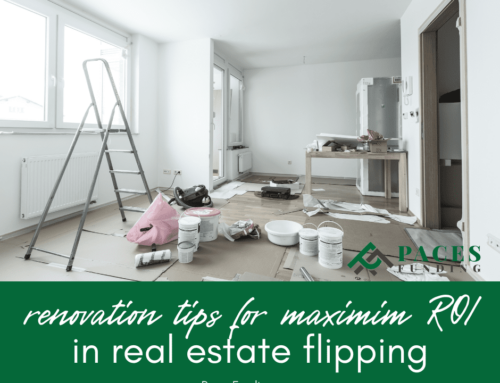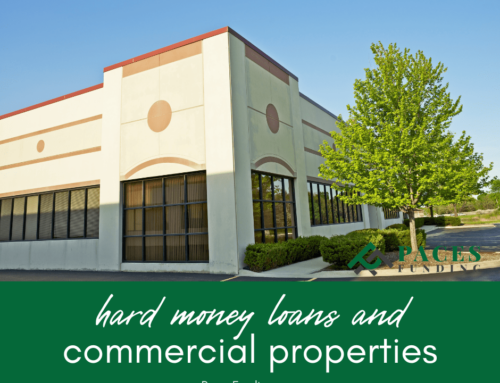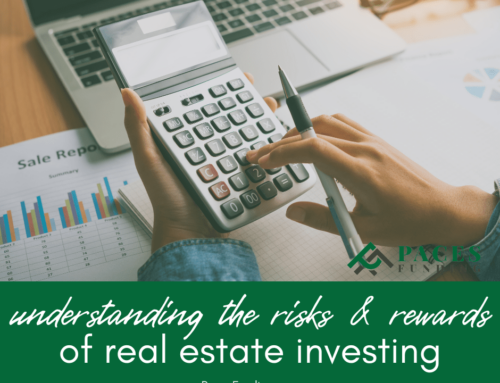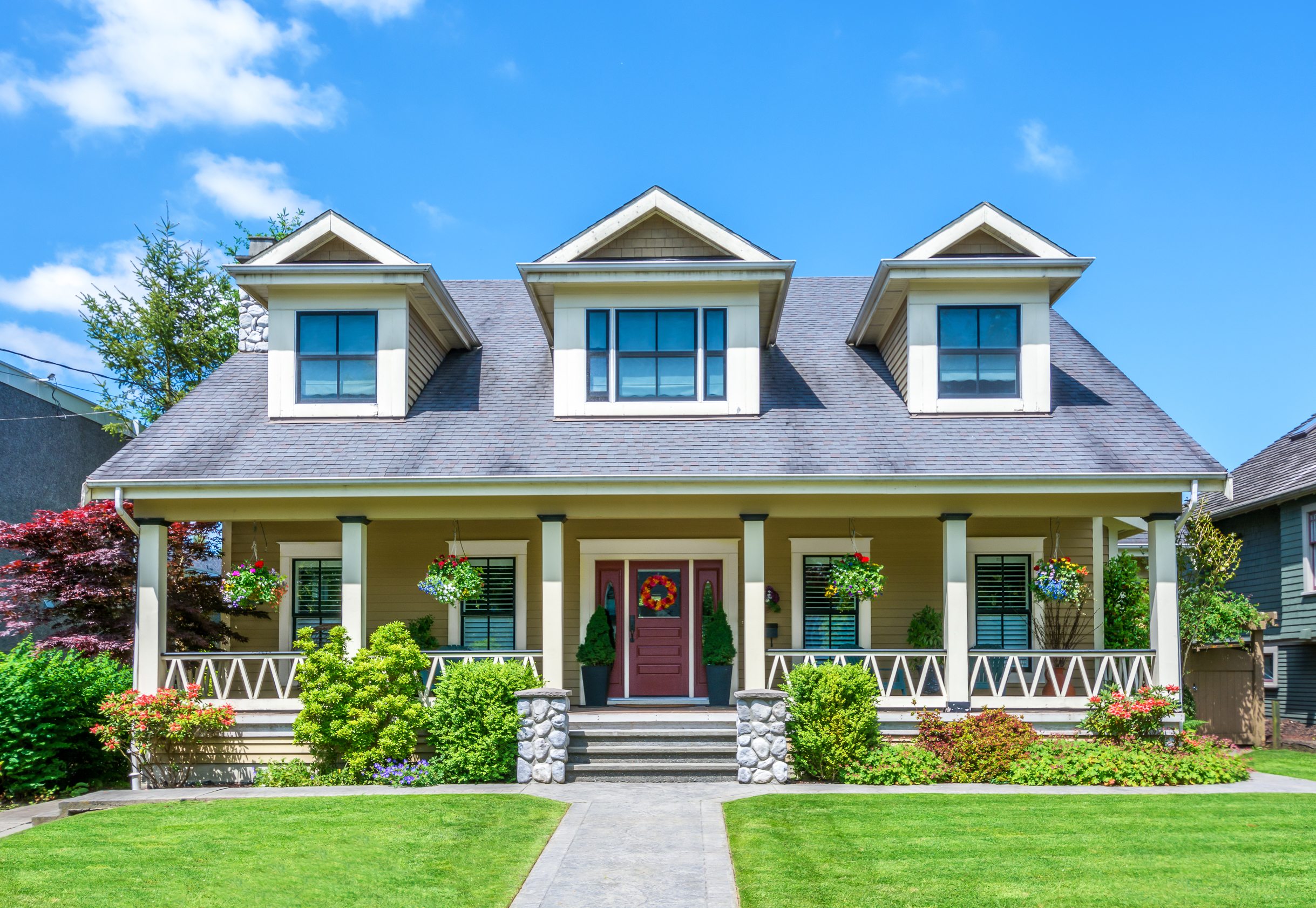
What is an Environmental Report in Commercial Real Estate (And Do You Need One)?
Many traditional and hard money lenders in Atlanta require an environmental report before they’ll grant someone a commercial loan. The report should show that the property has been examined for environmental contamination. Even if there’s no lender requirement, though it may be a good idea to obtain one anyway, just for your own peace of mind — and for your future buyers’ peace of mind.
What is an Environmental Report?
An environmental report is an investigation on commercial property to discover if there are any dangerous contaminants. Potential buyers assume the cost of the investigation and it is completed in one or two phases.
Phase I Environmental Report
This is the initial investigation to test for dangerous contaminants. Investigators will research past tenants and prior uses of the property to determine suspicion of contaminant use. In addition, they’ll look for evidence of pollution by examining the adjacent land. If there is indication of contamination; phase II will be initiated. The cost for this report is around $3,000.
Phase II Environmental Report
After contamination is suspected, investigators will conduct a more thorough investigation. If necessary, tests such as soil, groundwater and air analysis will take place. The cost for this report can vary depending on the property and the situation.
What Does This Mean for You and a Lender?
If you’ve purchased contaminated commercial property, you will be on the hook for any clean-up costs regardless if you caused the contamination or not. A lender could be on the line in the event of a foreclosure; making this a risky deal. You won’t always be denied a loan; however, it may be a good idea to search for something else.
Do You Need a Hard Money Lender in Atlanta?
If you’re looking for a hard money loan in Atlanta, we may be able to help you.
Call us at 404-814-1644 or contact us online to find out whether you might qualify for this type of funding. In the meantime, check to ensure that you meet our loan criteria. Our loan amounts can be up to 65 percent of the after-repaired value of the collateral—and if you use the loan for renovation or construction, the loan amount can be based on the collateral’s improved value.
Read our


